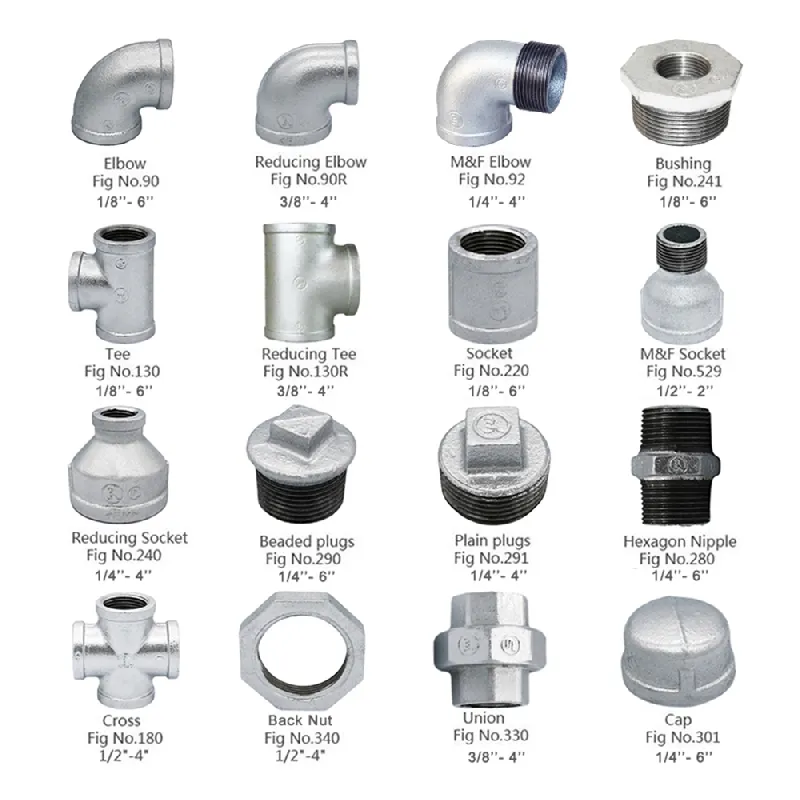What are Pipe Fittings?
Pipe fittings are used to connect pipe components to achieve many types of configurations. They are used to extend or change the direction of flow in a pipe system. Pipe fittings come in many different sizes and materials and are compatible with many different types and sizes of pipe. In a pipe system, a pipe fitting can change the direction of a liquid flow, extend the length of a pipe, or change the flow rate of a liquid or gas. The material, size, and type of fittings required for a system depends on the pipe size, pipe material, liquids used in the system, and the pressure inside and outside the system.
Modern pipe fittings are designed with advanced features to allow for:
✔ Thermal expansion/contraction
✔ Vibration reduction
✔ Electrolytic corrosion protection
Basic Types of Pipe Fittings
If you need to change the direction of flow, threaded or socket weld pipe elbows are typically used. The most popular are: 90-degree and 45-degree elbows. Elbows are key fittings used in plumbing. Street elbows have both male and female threaded ends and are also available in 22-1/2 degree elbows.
With female National Pipe Taper (NPT) threads, they are used to close the end of a male pipe. The cap fits over the end of the male pipe to stop the flow.
Fitting reducers gradually change the diameter between one pipe and another. These fittings are used to connect two different sized pipes or different sized pipes and fittings. Unlike reducing joints, fitting reducers smoothly reduce the flow rate between a large pipe and a small pipe.
Flanges are used to connect pipes. Pipes are threaded or welded to flanges and then bolted together to seal. Flange connections are widely used in industrial applications that handle high pressures.
Pipe fittings are used to extend pipes or change pipe sizes. After reduction, this is called a bell reducer. Available with internal threads or socket welds.
Pipe tees are in the shape of a T and have two outlets – at 90° angles to the main line connection. It is a short section of pipe with a side outlet. Pipe tees are used to connect pipes to pipes that are at right angles to the line.
Confused about which pipe couplings to choose? Contact us and our experts will provide you with a solution.

How to Choose the Right Pipe Couplings
When choosing fittings for your application, you must focus on three details of the pipe: its material, size, and fitting standards.
Material
The material of the fitting must be compatible with the material of the pipe. Generally speaking, the same material should be used for the fitting and the pipe it connects. This ensures that both components are well suited for their purpose and that pipes of different materials can be seamlessly integrated as long as the materials are compatible with the purpose.
We provide you with galvanized pipe fittings and black pipe fittings, which have good corrosion resistance, high temperature and high pressure resistance, and are widely used in water pipelines and gas systems.
Size
The size of the fitting is obviously an important factor in choosing the right fitting for your system. Without precise dimensions, there will be no seal and the system will not function properly.
Learn more: How to Determine Pipe Thread Type and Size
Fitting Standards
Fitting standards are determined by governing bodies to determine how pipes and fittings can be connected together. We offer you pipe fittings in NPT, BSPT standards. If you are unsure of the key standard used.
Learn more: What Is The Difference Between Npt And Bspt Thread?
